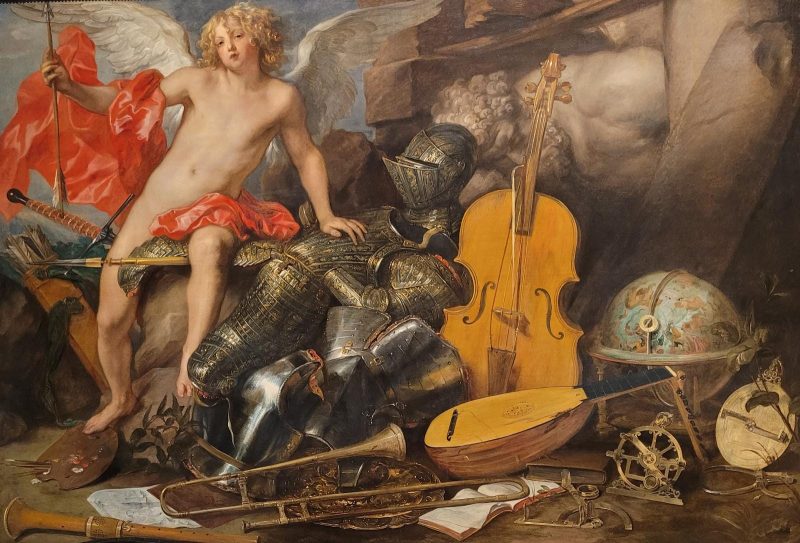
My top 5 Must-See Art Masterpieces of the Nationalmuseum
This weekend I went on a small expedition to Sweden’s museum of art and design and I just can’t wait to show you my top 5 favorite paintings exhibited in the National Museum of Fine Arts.
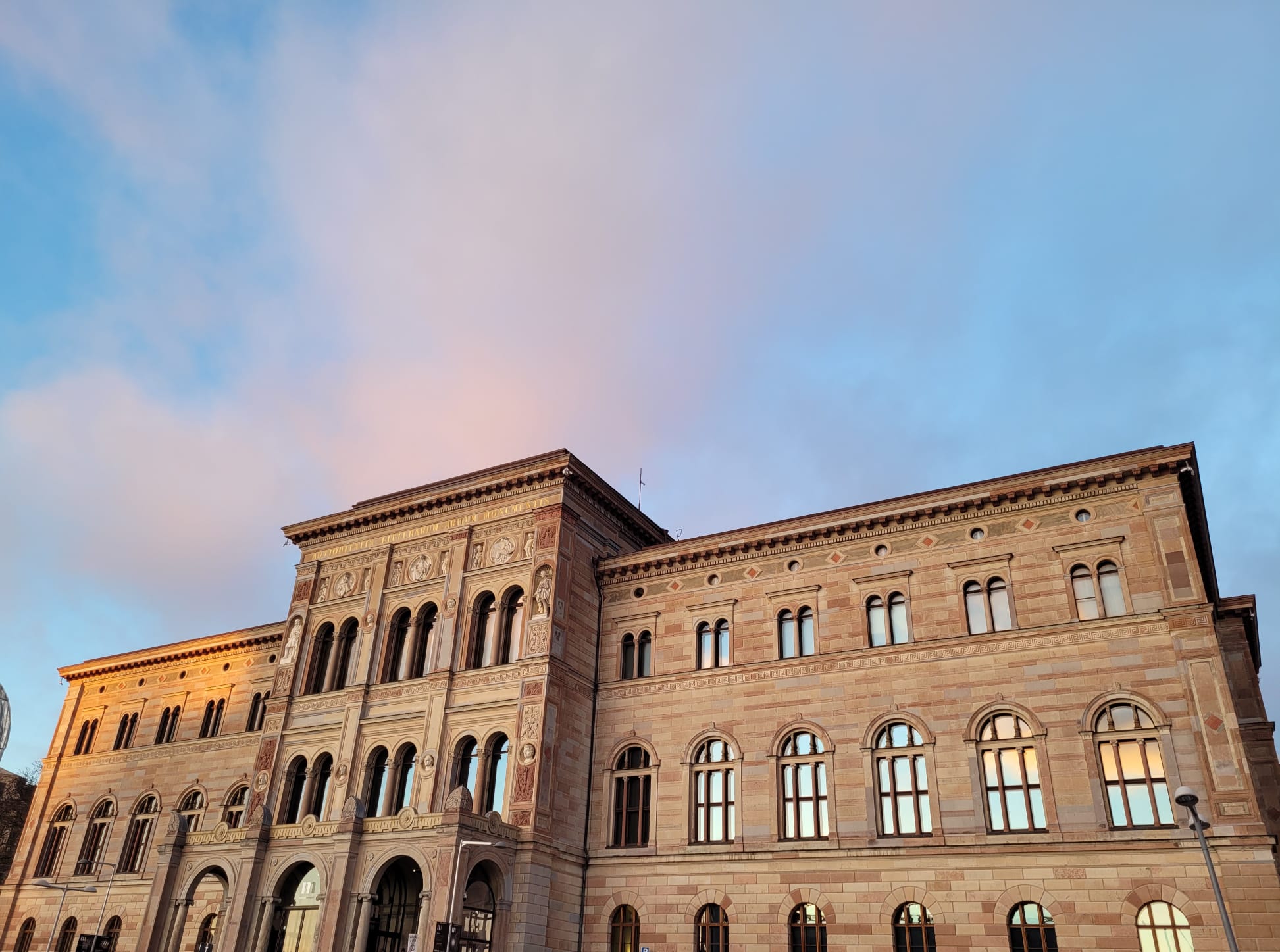
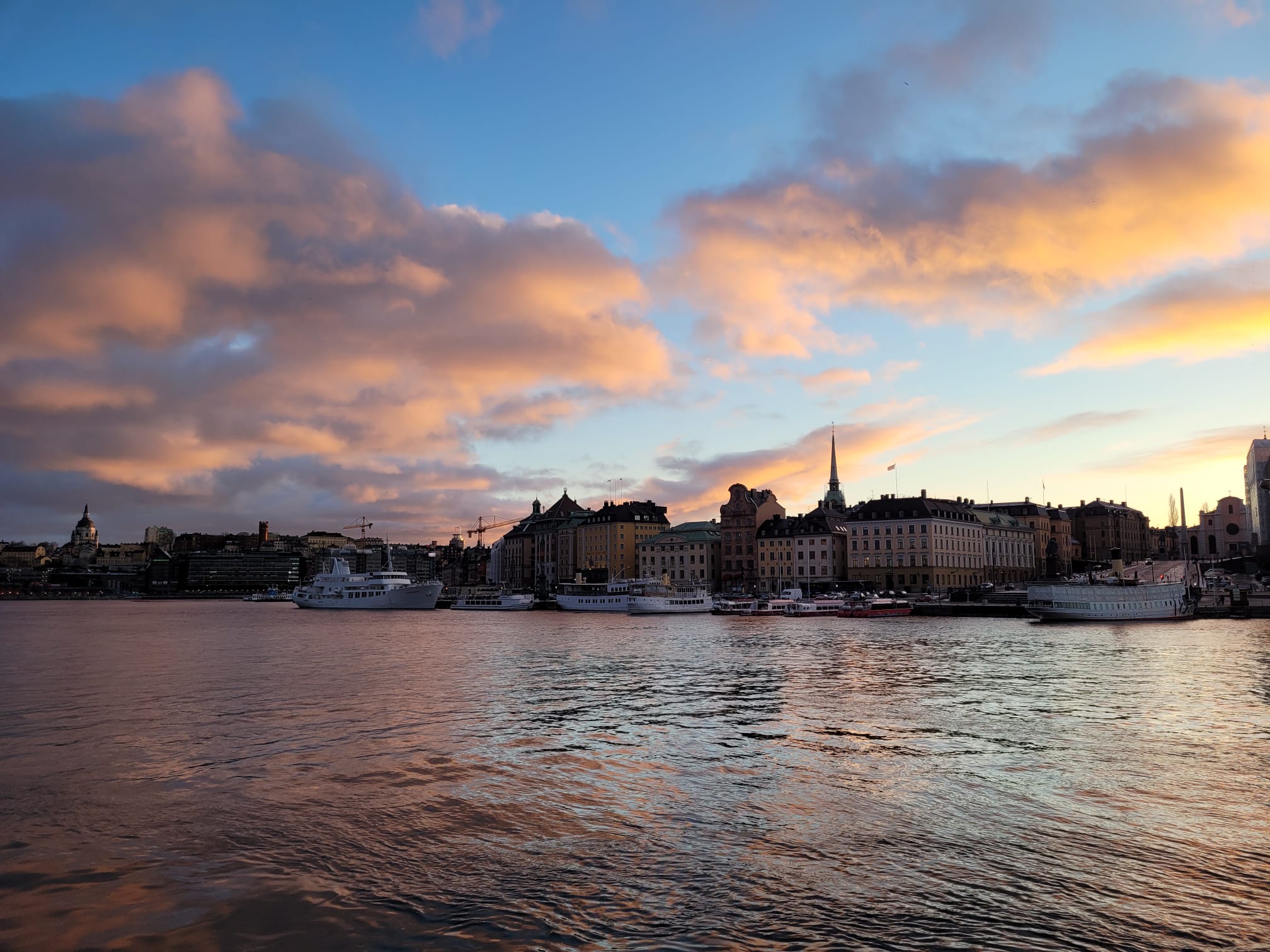
The Triumph of Venus
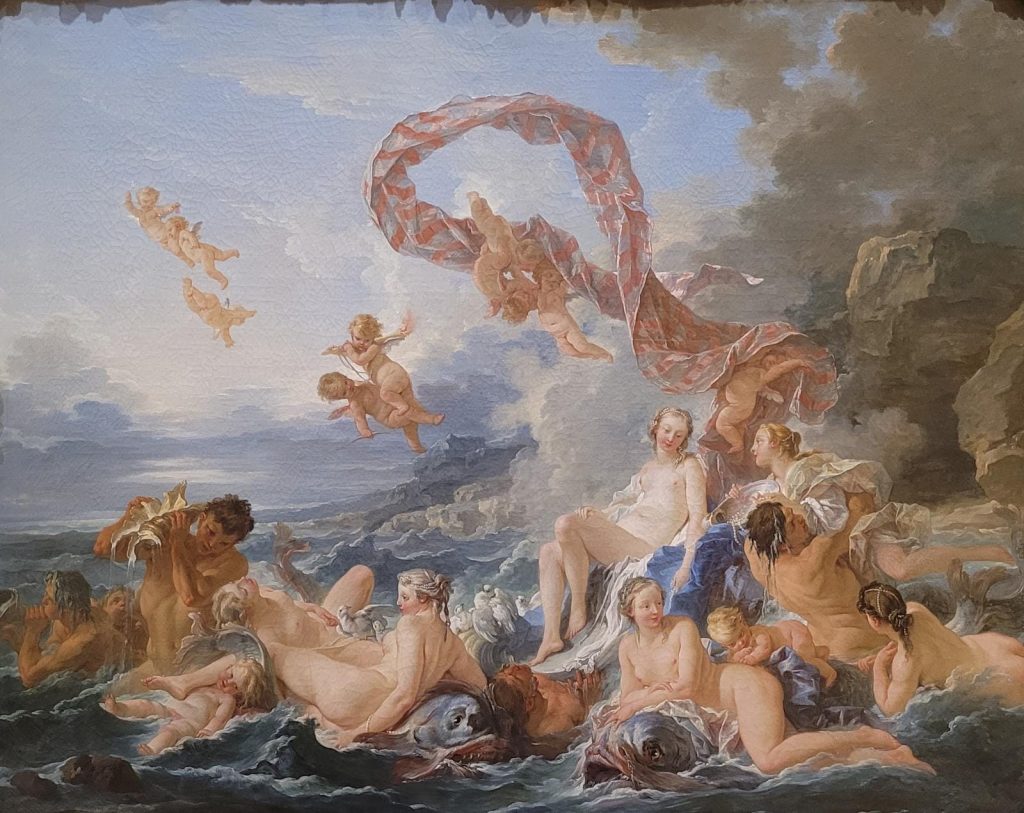
In the first few seconds, after I stepped inside the museum, I was incontrovertibly hypnotized by this representation of Venus, the Roman goddess of love and beauty. François Boucher undoubtedly succeeds in doing something spectacular! Not only does he give life, but he also gives an artistic substrate of unprecedented expressiveness to his masterpiece. It’s just like fantasy suddenly appears and grabs hold of reality’s arm while trapping it inside a spider’s web.
The seascape reveals a handful of splendid naiads and tritons being inextricably intertwined with some playful gargantuan fish and doves under the curious eyes of the charming little winged cupids. Nevertheless, besides the emphasis being placed on the main idea of idealism, the baldachin sailing towards the sky highlights the exquisiteness of Boucher’s craft of reproducing the effects of kinesis.
Thor’s Fight with the Giants
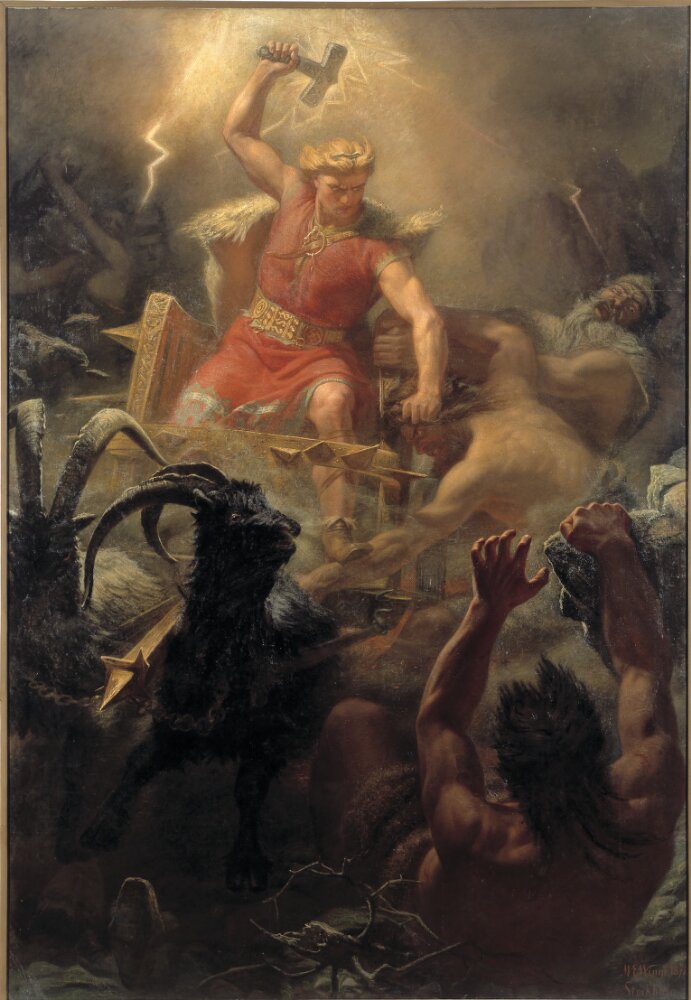
Thor is one of the most recognizable characters originating from Scandinavian mythology. According to the legend, Thor is part of Æsir, one of the two rival pantheons made up of benign Norse deities depicted as powerful and belligerent (1). Whenever he gets angry, Thor throws himself into his chariot which is drawn across the sky by two legendary goats, Tanngnjóstr and Tanngrisnir, in order to hunt down malice symbolized by some wicked and grotesque mythical creatures, known as Ettins (2).
As you can observe in the painting, the sumptuousness of this tremendous play of lights and shadows is a testament to Winge’s artistry for capturing the confrontation between these two antagonistic forces, respectively good and evil.
Between the main borders of this dualism, we also come across the motif of magical items. As in the case of Excalibur from the Arthurian legends, Mjöllnir, Thor’s hammer is regarded as his main source of power with the help of which he fearlessly confronts the giants. Moreover, Thor’s belt, Megingjörð, acts as an amplifier of his power (2).
The Lady with the Veil
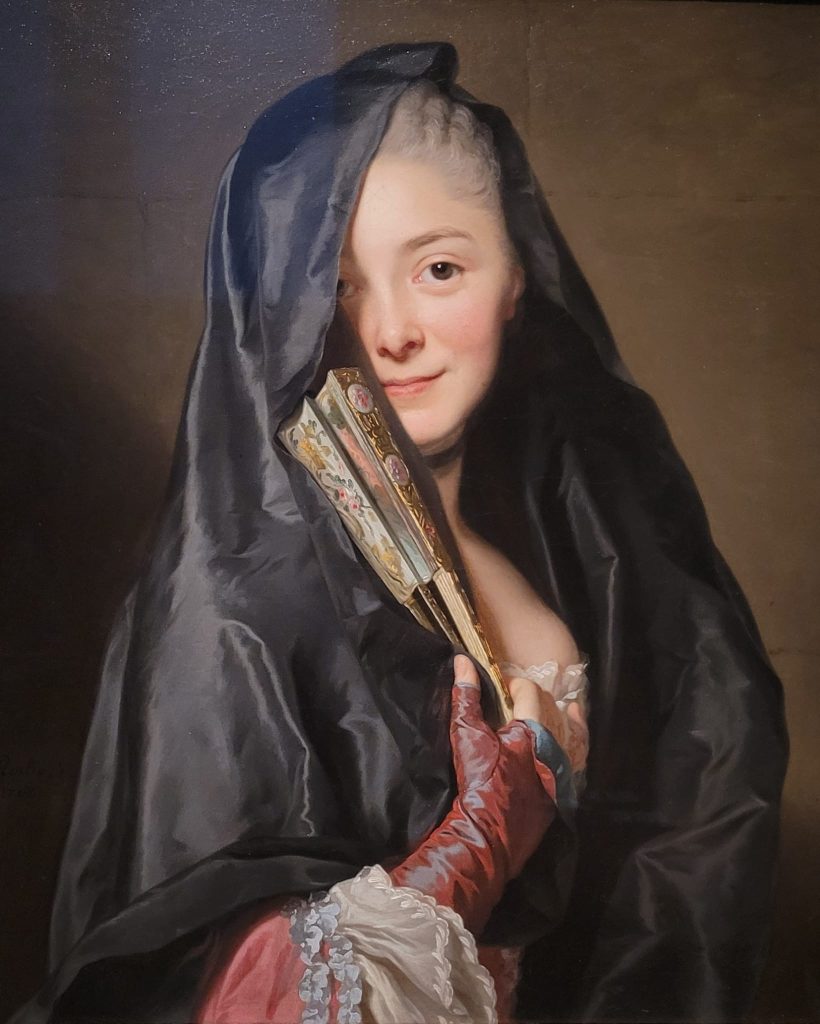
This is a portrait of Marie Suzanne Giroust painted by … her husband, Alexander Roslin. I have to confess that when I first saw Roslin’s work I immediately stood still admiring its greatness, in an atmosphere infused with the excitement of the moment. What I absolutely love about this portrait is how temptation and glamour furnish a pleasant contrast to sobriety and forbidden indulgence.
The Love Lesson
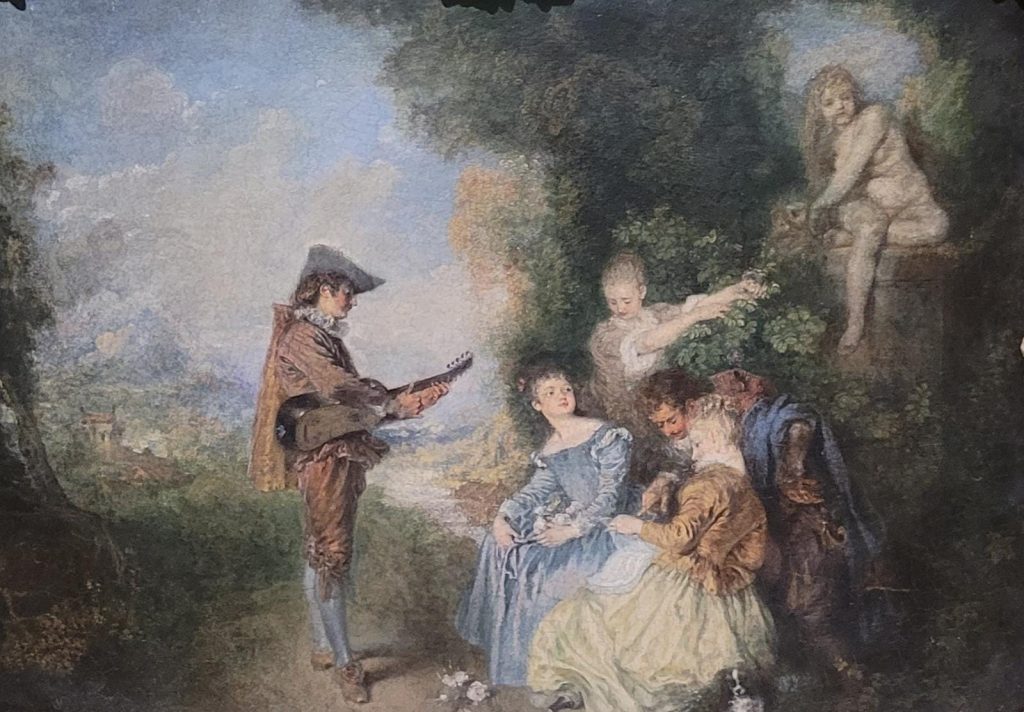
From my perspective, the paradisiacal landscape is supposed to be a celebration of love. What completely captivates my attention is the manner in which Antoine Watteau, an eminent French painter of the Baroque period, plays meticulously with such delicate and vibrant colors on the darkish background, while a thrill of melancholy covers the whole idyllic scenery.
The Water Sprite

Ernst Josephson incorporates into his work a supernatural fairy from European folklore who lures people into dangerous waters by playing the violin. Judging only by his appearance, you wouldn’t believe his intentions, would you? Well, sometimes, the most innocent-looking creatures are also the most dangerous!
If I had to come up with my own interpretation of this painting, I would say that the Water Sprite is the perfect embodiment of the worldly pleasures behind which we run the entire life, forgetting how fleeting life is and so falling inexorably into the deceitful arms of death.
Honorable mention
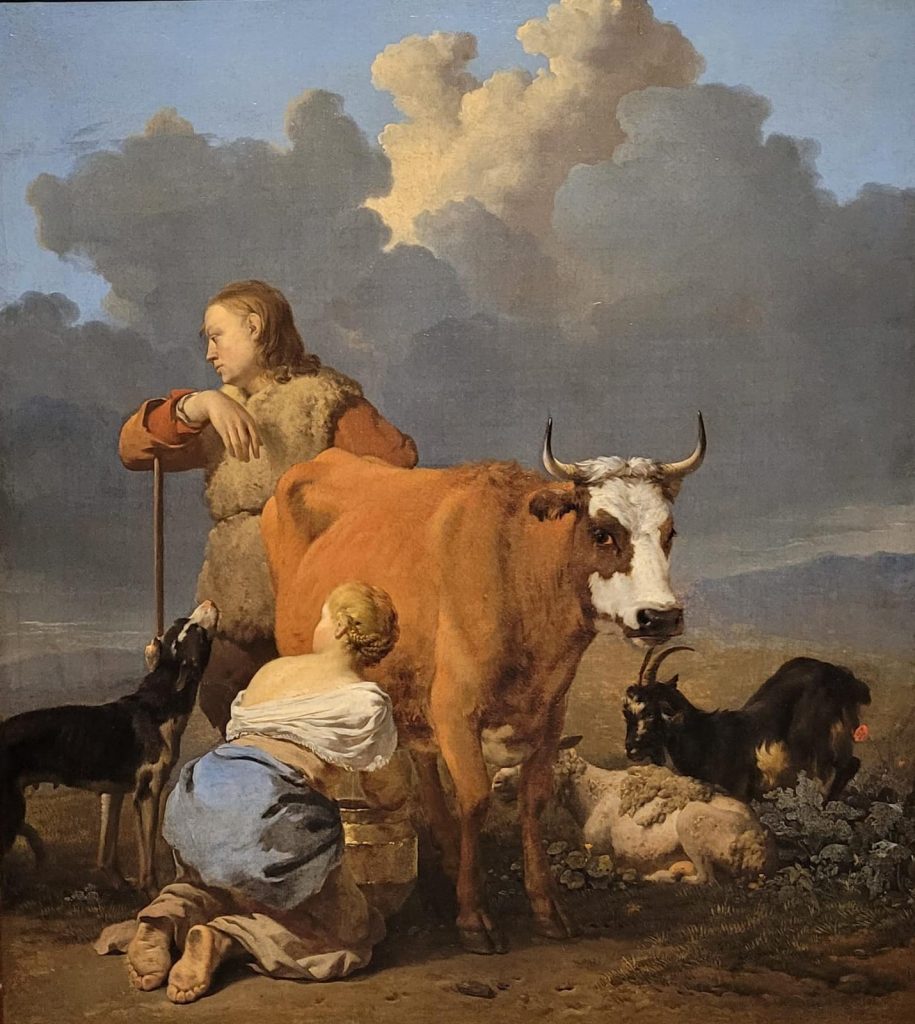
I absolutely love how beautiful this artwork is! But let’s be honest … there is something wrong with that cow … it has a devilish look … maybe because providing milk all day long must be exhausting!
References
- New World Encyclopedia contributors, ‘Aesir’, New World Encyclopedia, , 15 February 2016, 16:38 UTC, <https://www.newworldencyclopedia.org/p/index.php?title=Aesir&oldid=993974> [accessed 28 February 2023];
- Nationalmuseum [Internet]. Tor’s Fight with the Giants [cited 2023 February 28]. Available from: https://collection.nationalmuseum.se/eMP/eMuseumPlus?service=ExternalInterface&module=collection&objectId=18253&viewType=detailView

Vlad – Biomedicine (BSc)
I'm Vlad, your Romanian blogger who comes from the very homeland of Dracula, Transylvania. While completing my first degree in International Business, I based my undergraduate thesis on the inconsistency of biological analogies in Economics. I began to study the genomes of ants and thus gravitate towards Biomedicine and KI. I chose Karolinska because of its academic and research excellence and because one day I wish to be able to make a difference in the field of Cancer Genetics. Visiting the remarkable collection of preserved medieval manuscripts from the Kungliga Biblioteket is on my bucket list.

0 comments